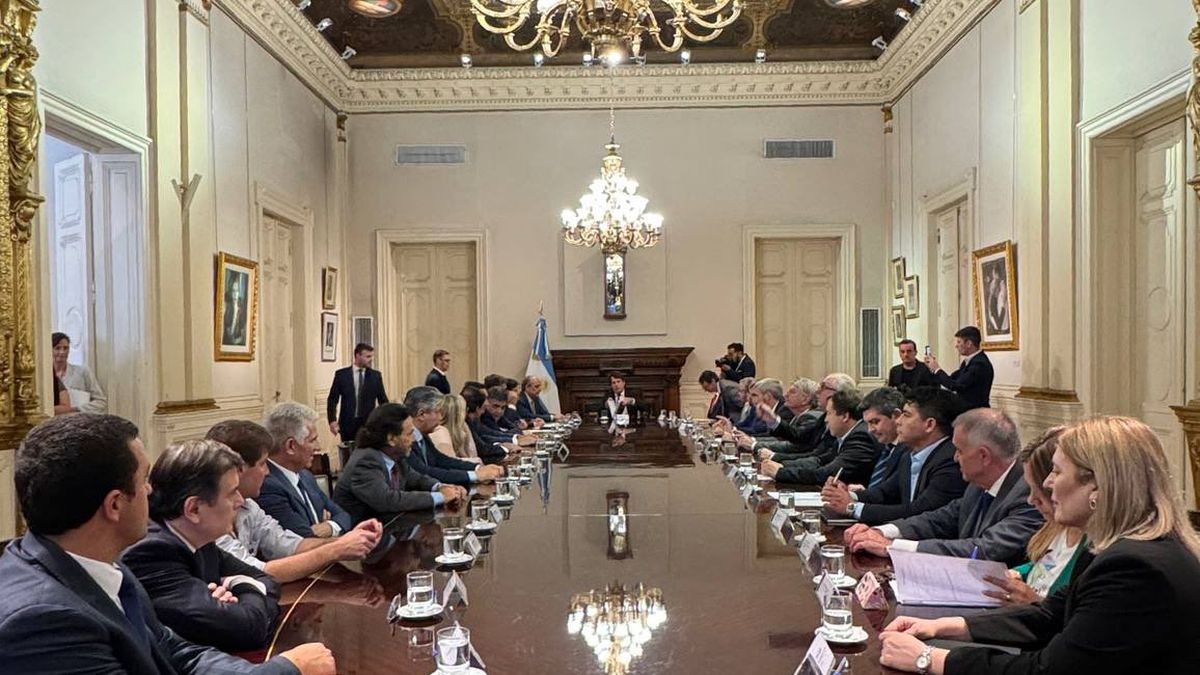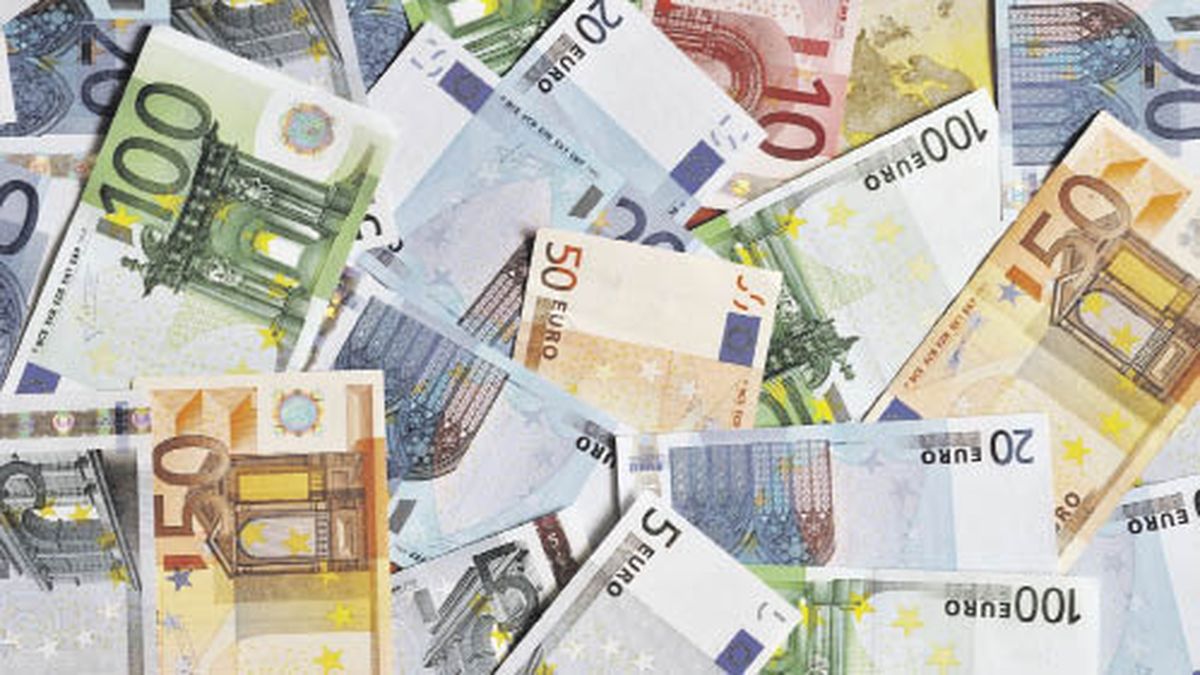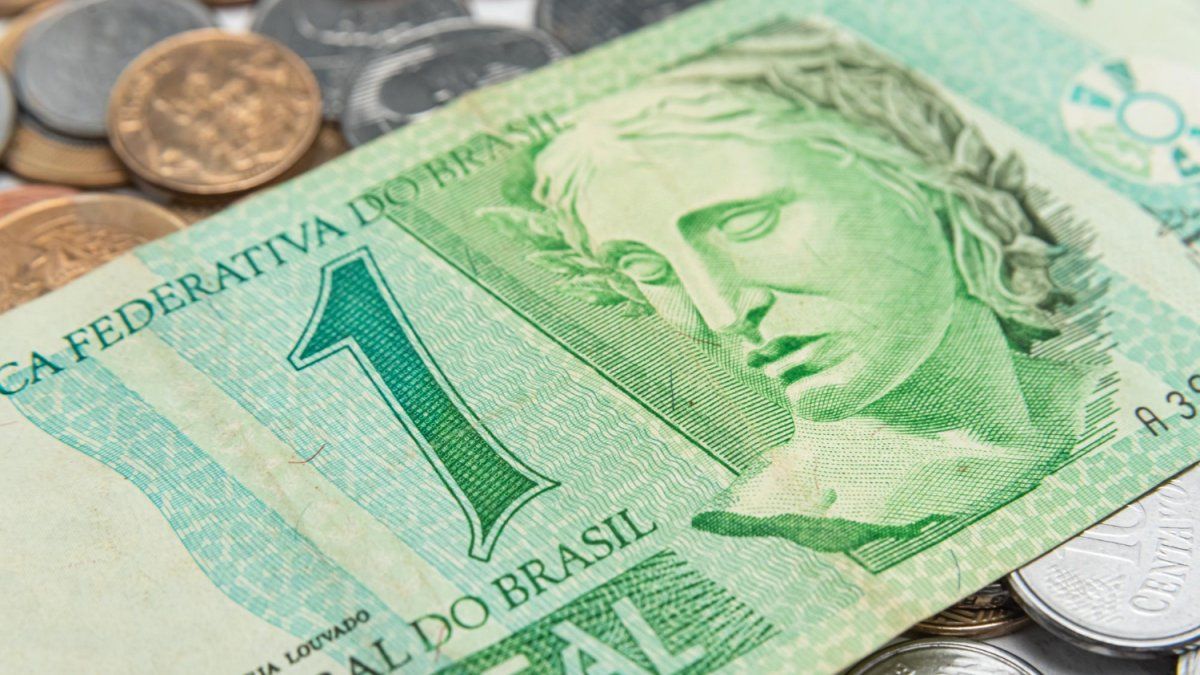During the same period last year, transfers were $295,920 million, against the current $108,997 million.
Among the main budget programs that did not receive any transfer and that are virtually eliminated, we find the Fiscal Strengthening Fund of the Province of Buenos Aires, Provincial Pension Funds, Federal Program for Productive Reconversion and Support for Livestock Activity, Policies for Agricultural Risk Management, Construction of Road Works outside the National Road Network, Financial Assistance to Provinces and Municipalities, Innovation and Development of Technological Training, Comprehensive Production and Access to Habitat, among others.
Discretionary transfers: which provinces received the most
In the breakdown of the distribution of resources by province of non-automatic transfers, it is observed that Buenos Aires With $32,886 million, it is the province that received the most assistance, with a decrease of more than 72% compared to the $116,208 million received last year in the same period.
In second place in the ranking of highest attendance is shown Santa Fe which received $9,562 million, then continues CABA ($7,324), Santiago del Estero ($4,943) and Missions ($4,917), within the first five places.
While within the provinces that fewer non-automatic transfers received, are Saint Louis ($701), Land of Fire ($823), The Pampa ($929), San Juan ($1117) and The Rioja ($1150).
National public accounts recorded a financial surplus for the fourth consecutive month. The positive balance reached $17,409 million and the financial surplus accumulated in the year represents 0.2 of the GDP.
This result was the product of a primary surplus of $264,952 million and interest on the public debt net of intra-public sector payments, which reached $247,543 million.
Total income in the month reached $6,792,205 million (263.9%), with a level of tax collection that showed a growth of 254.6% year-on-year, mainly explained by the variation in foreign trade and the PAIS Tax.
Source: Ambito




